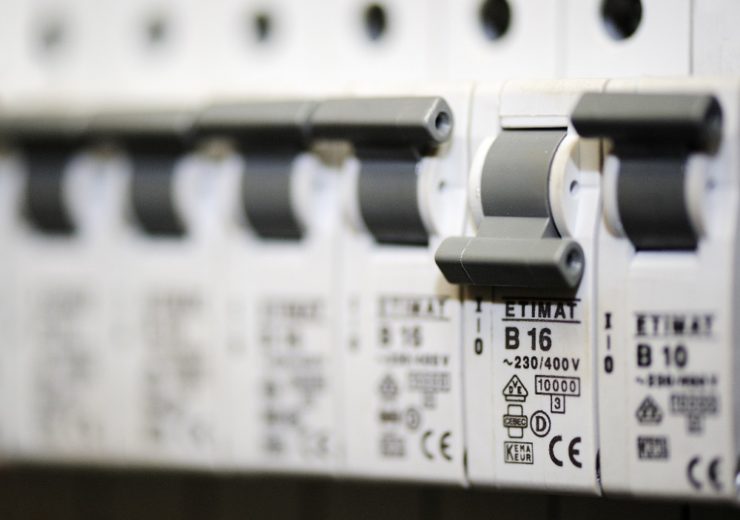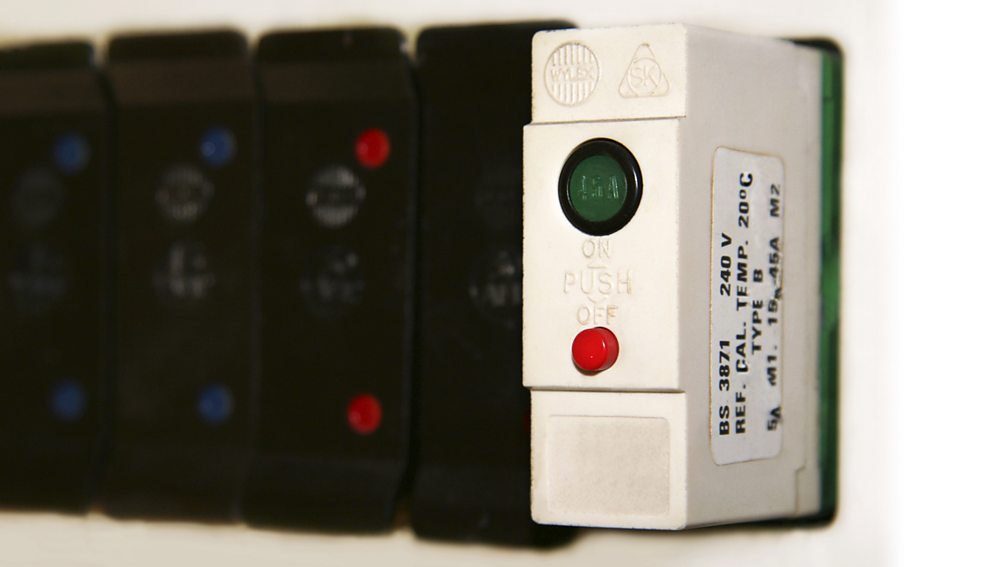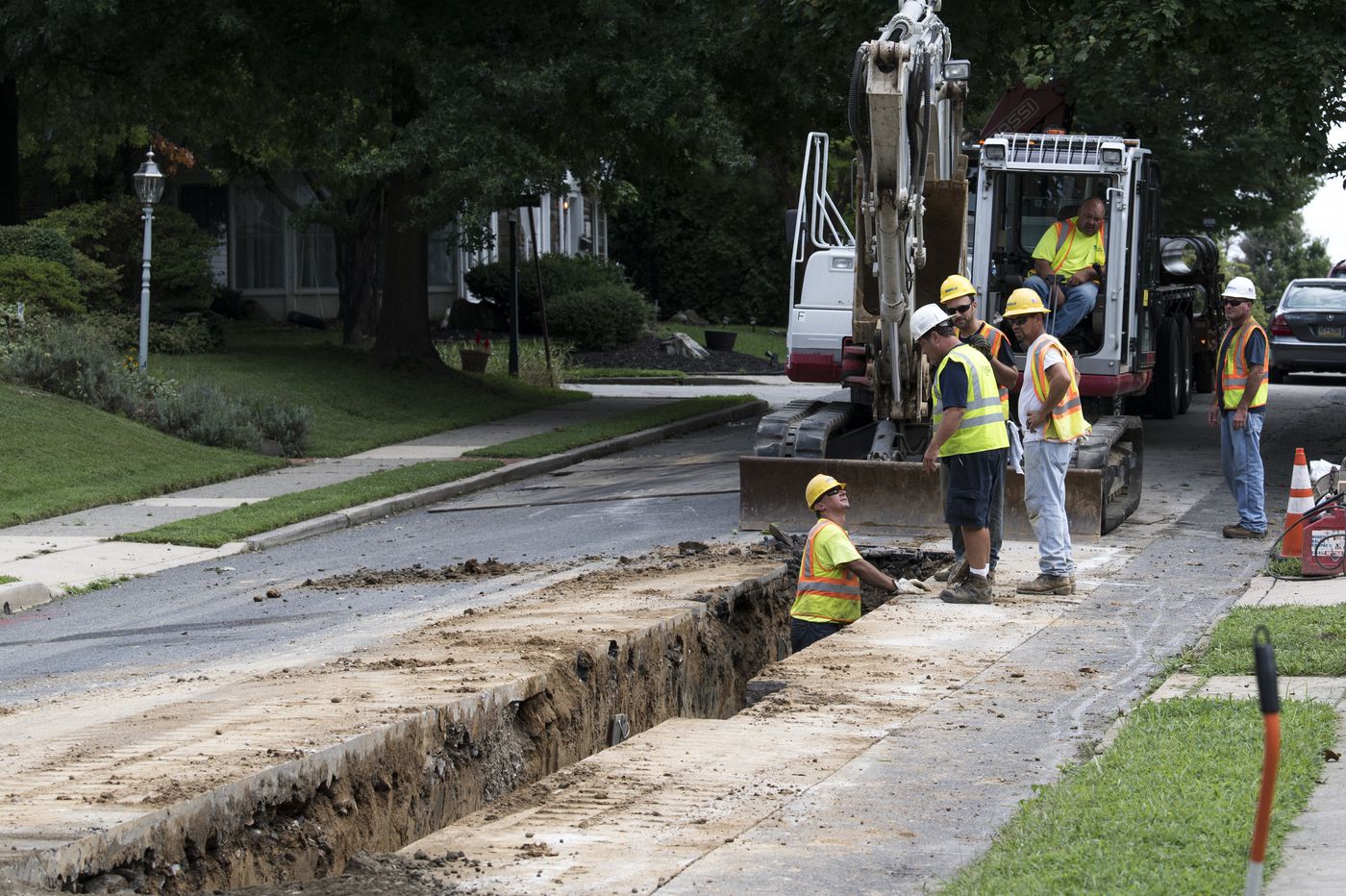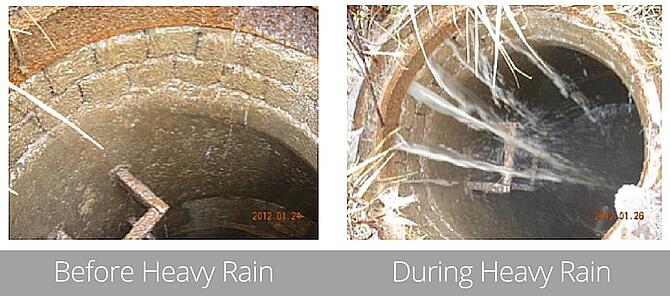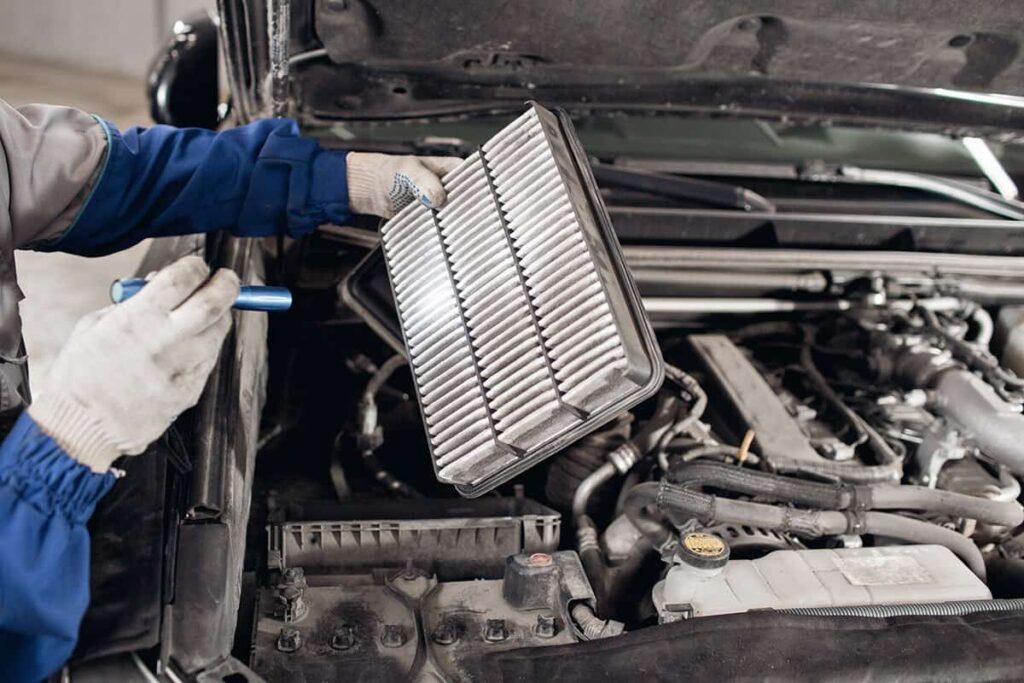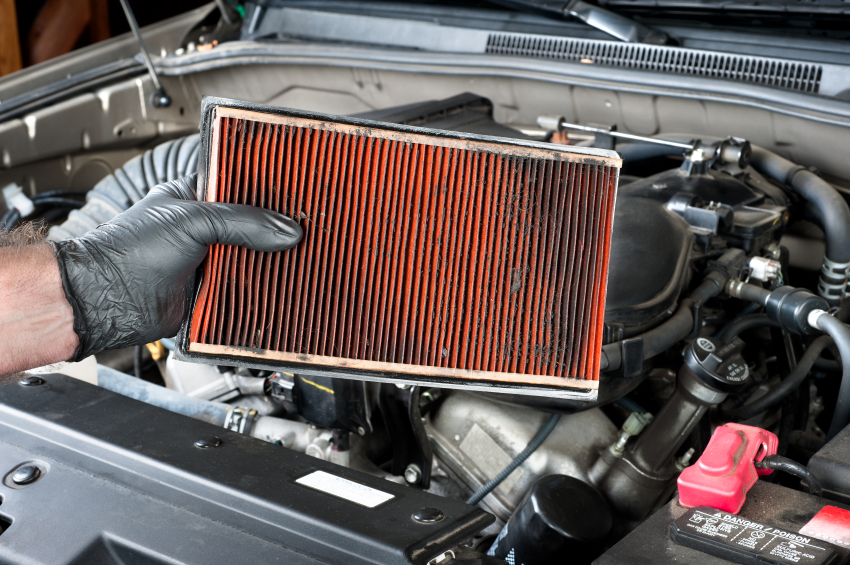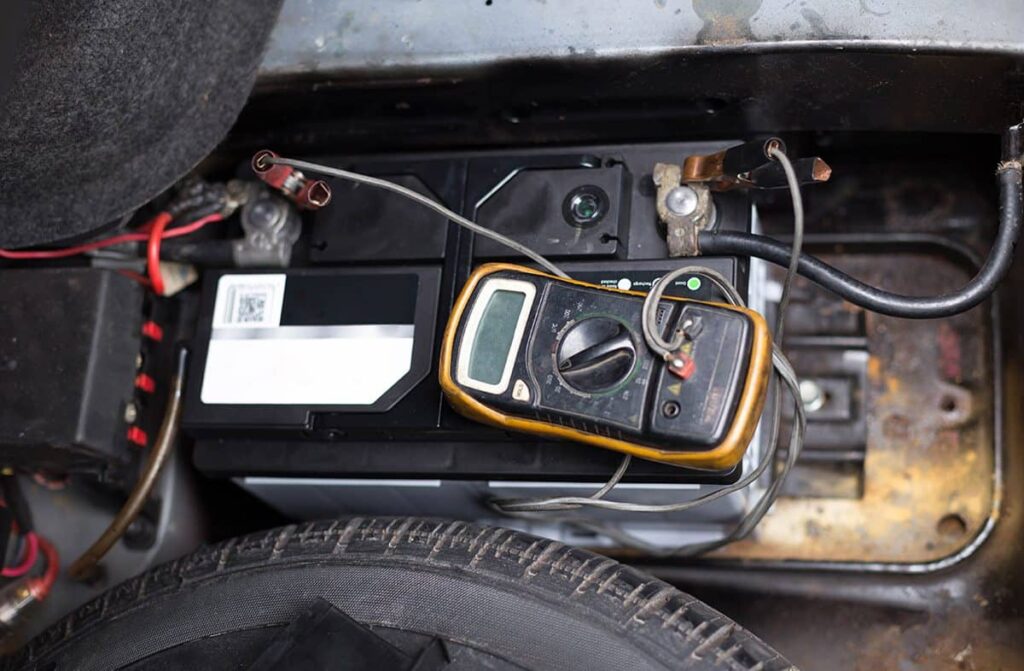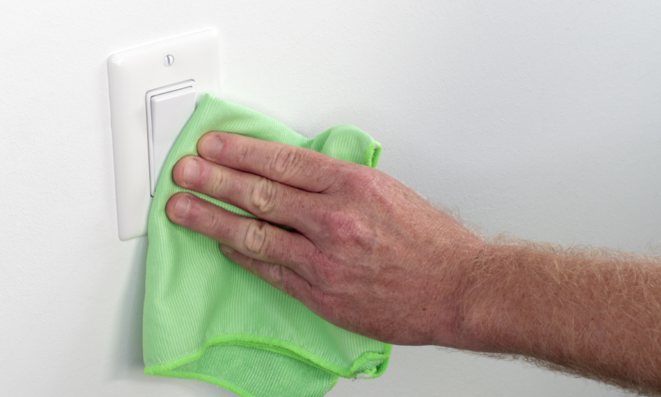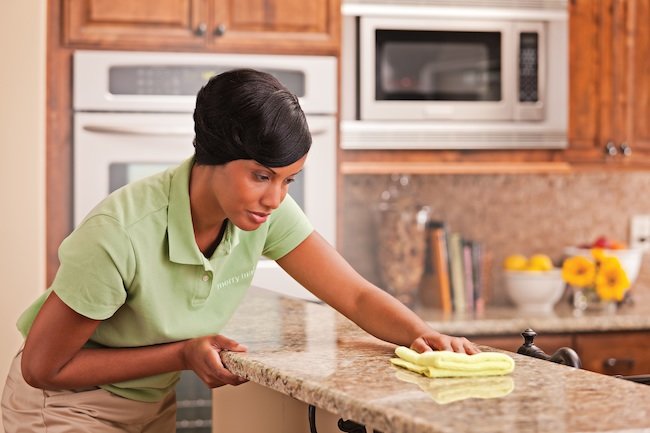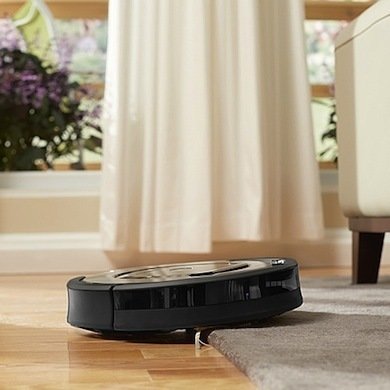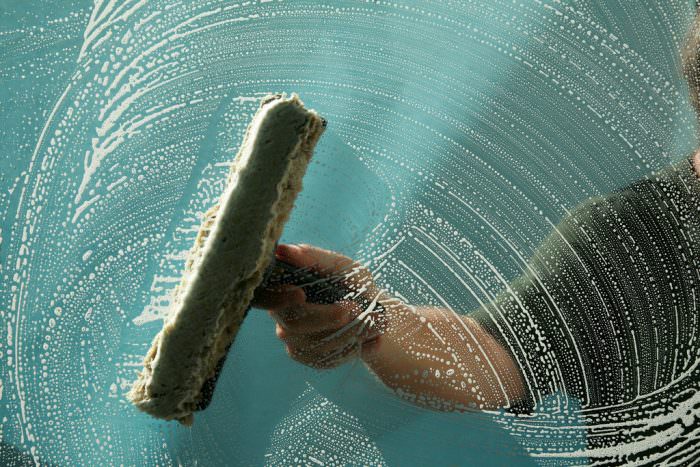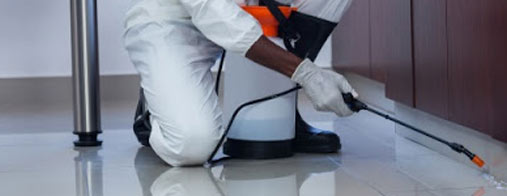Living with Possums
Living with possums isn’t always easy, but there are a few things we can all do to live in harmony with possums in our shared urban spaces. Let’s face it… we are never going to get rid of them all together, and why should we? They were here long before we were, and it is our destruction of their habitat that has forced them into our houses, our gardens, and lives. So, what steps can we take to make sure we can all get along together?
Possums in the roof?
There is one reason that possums will shift in to our roof spaces… lack of hollows in their habitat. You see, Common Brushtail possums utilise tree hollows for resting and nesting during the day, and are pretty happy to do so. But, the removal of remnant trees in urban areas has severely diminished the number of hollows available, and thus, we end up sharing our houses with them
So, what can we do to help them… and us? If you currently have possums in the roof, here are a couple of tips that should encourage them back into the wild:
- Make or buy a suitable nest box for the Common Brushtail possum, and install it in your garden to act as an alternate den site for our furry friends. For more info on nest boxes, check out websites such as this for more info.
- Locate the nest the possum has built in your roof, remove it (when the possum is out and foraging) and place this inside the nest box. This will encourage the possum to move to its new location.
- Place a piece of fruit inside the nest box. Apple or bananas seem to work best. This will entice the possum to investigate the nest box, and hopefully decide to stay. It should be stressed that feeding of possums is not recommended (except as a one off during relocation).
- Block of access to your roof. This can be done by loping any overhanging branches, and placing collars around the trunks of trees that possums utilise to access the roof. Collars can be made from a number of products, but 60cm wide sheet iron seems to work pretty well.
- Place camphor blocks OR mothballs in the roof space, particularly around the area where the nest site was. DON”T place both! Possums really dislike these smells, and will be reluctant to return.
- If possible, pop a light up in the roof space, and leave it there for a few days (on of course!). The combination of alternate nesting site, bad smells and light should be sufficient to discourage them.
- Once you are satisfied that the possum has left the building, block any known entrance points. Wiping around the entrance points with household bleach will remove possum scent, and make re-entry pretty unappealing!
Possums eating your plants?
Even the most patient and wildlife friendly gardeners tear their hair out over this one, but, after significant research, I can tell you that there are solutions to stop your precious plants being gobbled by hungry possums! Possum repellents work by two methods: taste and smell! Research conducted has shown that smell deterrents are somewhat more effective than taste, but also suggests that a starving possum will eat just about anything! So, here is a list of some tried and true methods of deterring possums.
- Net affected plants with shade cloth or white bird netting at night time. Quick, cheap, and darn effective! This is absolutely the best way to protect young plants and seedlings from possum attack. Why not supplement this with a hanging cat scare face or two? Available from nurseries, these scare faces look like cats and have reflective eyes, pretty scary if you are a possum!
- Sprinkling blood and bone fertiliser around the base of ornamental plants and fruit trees can act as a significant possum deterrent. They hate the smell, and will be less inclined to munch on treated plants!
- A home made garlic spray of 2 tablespoons of crushed garlic in one litre of hot water, left to stand over night, strained and sprayed onto foliage, fruits and tasty growing tips is an old favourite of mine, and it seems to work. Subsequently, try chillies or Indonesian fish sauce. Just remember to wash your produce before eating!
- A spray made from Quassia chips (chips of bark from a South American tree). Add 100 g chips to 2 litres water and heat for one hour before straining. Add one tablespoon detergent. Dilute at rate of 1 part of solution to four parts water and apply as a spray. Quassia chips are available at many nurseries, and are pretty affective, forming the base ingredient of many commercially available possum repellents (e.g.: Poss-Off).
- My grandmothers’ personal favourite, and one she swears by, is the tea-based deterrent. Boil two litres of water; add 4 heaped teaspoons of Lapsang Souchong tea and leave to cool. Strain of liquid and apply from a plastic spray bottle directly onto affected plants. Reapply every two weeks and always after rain. Make a fresh brew every time.
- Wack a bit of undiluted Tabasco sauce on affected plants……a sure solution unless your possum likes it hot!
- A watered down solution of a little detergent and some English mustard sprayed directly onto the foliage and fruits of tasty plants.
- Commercially available possum deterrents such as Poss-Off or Scat, work by emitting an unpleasant odour, so, when used according to the instructions on the products, claim to deter the little blighters!

Possums
Of all the animals people bring us to assist at our intake center, the one that most seem to be afraid of or dislike most is the opossum. Often that fear or dislike is based on misinformation. In this article, we’d like to convert a few more of our readers to become fans of opossums
They happen to be special because they are the only marsupial animal native to North America. Marsupial animals (or non-placental animals) raise their babies in a pouch, just like kangaroos do. Hmmm, maybe if opossums could hop they’d be more popular! When the baby opossums are born, they are furless, blind, and about the size of a honeybee. They have to crawl up the mother opossum’s fur and into her pouch, where they grab on to one of her thirteen nipples. Once they are attached, the nipple swells and the baby becomes attached. They don’t suckle to drink, but rather the mother’s milk slowly leaches out (that is why very young opossums if found abandoned or orphaned have to be tube fed; they have no natural sucking reflex as other baby mammals do). As with other pouch-raised babies, the baby opossums remain in the pouch as they continue to grow and mature. They first venture outside of the pouch when they are between two to two and a half months old (their eyes open and they have fur at about two months of age, at which point they are about the size of a mouse).
Opossums are very good mothers and they are very protective of their young. Once the babies emerge from her pouch, they often ride along on her back while she forages for food, and they begin to eat solid food at this point (about three months old). Once the babies are weaned, about six inches long (without their tail), and their ears are almost solid black, they are old enough to fend for themselves. At this point, it is “tough love” opossum style; mama opossum will simply brush against something to knock the babies off her back and away she goes. She’s dedicated for as long as she needs to be, but when she’s done, she’s done.
Opossums are scavengers. They move from place to place in search of good food sources and a comfy place to sleep. They are attracted to carrion and can often be spotted near roadkill, which is helpful to us to keep diseases at bay. As omnivores, opossums also eat grass, nuts, fruit, and they will also mice, insects (including roaches), worms, slugs, and snakes (including venomous ones). They are beneficial for helping to control the overpopulation of snakes, rodents, and insects.
Speaking of venomous snakes, opossums are immune to snake venom! In lab experiments, it has been discovered that a particular molecule, called a peptide, in the opossum’s blood can neutralize snake venom. The peptide works against several venomous snake species, including America’s western diamond back rattlesnake. Experiments are being done to see if scientists could mass produce the substance and use it as an inexpensive and universal anti-venom for human snake-bite victims.
Opossums are fastidiously clean, similar to cats in their grooming routine. If they find a tick in their fur, they lick it off and swallow it. It is estimated that in one season, an opossum can kill and consume about 5,000 ticks. More than 90 percent of ticks on an opossum end up being groomed away and eaten. This could have implications in preventing certain tick-borne diseases (including Lyme disease) in domestic pets and humans. In areas with a healthy opossum population, they can help to control the overpopulation of ticks, thereby keeping the ticks off of us and our pets! The opossums do not seem to be affected by these tick-borne illnesses.

Hidden housemates: when possums go bump in the night
You’re drifting off to sleep when, suddenly, there’s a bump and a thump and an unearthly shriek. But never fear, if your home is making these noises you probably don’t have ghosts, but a family of common brushtail possums.
Researchers have documented 18 different brushtail possum sounds. These include “grunting, growling, hissing, screeching, clicking and teeth-chattering calls, many of which would not be out of place on a horror movie soundtrack”.
The biggest hidden housemate?
Despite being the same size as a domestic cat, these lively, nocturnal marsupials frequently make their dens in the ceiling and wall cavities of homes. In fact, one study of possums in urban Tasmania found that 87% of their visits to dens were associated with buildings (mostly older houses), while 45% of den visits were to roof cavities.
These hidden animals make themselves known to their human housemates as they run across the ceiling. A study found that as many as 67% of people whose properties were visited by possums heard possum activity on or in roof cavities, while 58% reported possums living in these spaces
Possums in the city
At the time of European arrival, common brushtail possums were abundant across mainland. However, intensive hunting for a burgeoning fur trade in the 19th and early 20th centuries led to a drastic decline in possum numbers. Since the end of hunting, habitat degradation and fragmentation, fires and fox predation have put further pressure on possum populations. In contrast, they appear to be flourishing in our cities.

Opossum vs. Possum
Both animals are marsupials, but possums are more closely related to kangaroos. But here’s where it gets confusing: in North America, people often shorten opossum to possum when talking about the creatures prowling around the backyard at night. One news source described an animal that you might see “wobbling across your yard at night” or “scurrying down the pavement with a batch of babies clutching onto its back.” What is the name of this beast? Without hesitation, you might exclaim “An opossum!” However, another person might call it a possum. Is there a difference between an opossum and a possum? Yes, there is. They are entirely different animals.
Possum vs. Opossum
In North America, the animal officially called an opossum is a white and gray marsupial of the order Didelphimorphia. colonists living in Jamestown derived the word from its equivalent in Powhatan, a language spoken by the Virginia Algonquian tribe. Literally, the word means “white dog or beast” in Powhatan. John Smith spelled it “opassum,” but William Strachey spelled it “aposoum.”
So, in general, you can use opossum when referring to the American marsupial. Notice how some authors capitalized on the traits of this interesting creature in the following quotes. The first one is from Life of Pi by Yann Martel.
How Do You Spell and Pronounce Possum
Garner’s Modern American Usage points out that possum, pronounced poss-uhm, is actually the more common of the two spellings for North Americans.

Possums
What do they look like?
- The possum is a mammal about the same size as a cat and males are larger and heavier than females.
- Possums have a long bushy tail, which is around a third of the total length.
- Possums have big ears, large, dark eyes, and long claws.
- Possum fur is soft and thick but the colour varies widely from brownish grey to almost black. The belly fur can range from white to ginger.
Have you ever wondered….?
Why some possums have very dark fur while others have very light fur? Most of the possums introduced were known as Tasmanian blacks because of their darker fur.
It’s a fact
When possums were first released into some areas, such as the Wairarapa, school children were given the day off school to mark the historic event!
Did you know?
Possums belong to a special group of mammals called marsupials. This means that the baby possum is born when it is still very tiny and continues growing in a special pouch on its mother’s stomach instead of inside its mother’s tummy.
What do they eat?
- Possums are active at night and generally emerge from their dens about 30 minutes after sunset. They return just before dawn in the summer, but often earlier in the winter.
- Possums are omnivores, which means that they eat both meat and veges, although plants tend to be their main food source.
- Possums have favourite foods and will selectively feed on these until they have been destroyed. This is often why you will see single dead trees in otherwise healthy looking forests.
- On farmland possums are partial to clover. They will also eat crops grown for stock food such as barley and rye, particularly if the paddock is between two areas of forest.
- Possums regularly eat invertebrates such as weta and snails, and are known to eat the chicks and eggs of native birds (e.g. kokako, kereru, fantail, and muttonbird).
- They may also feed on the carcasses of deer, rodents and other possums.



